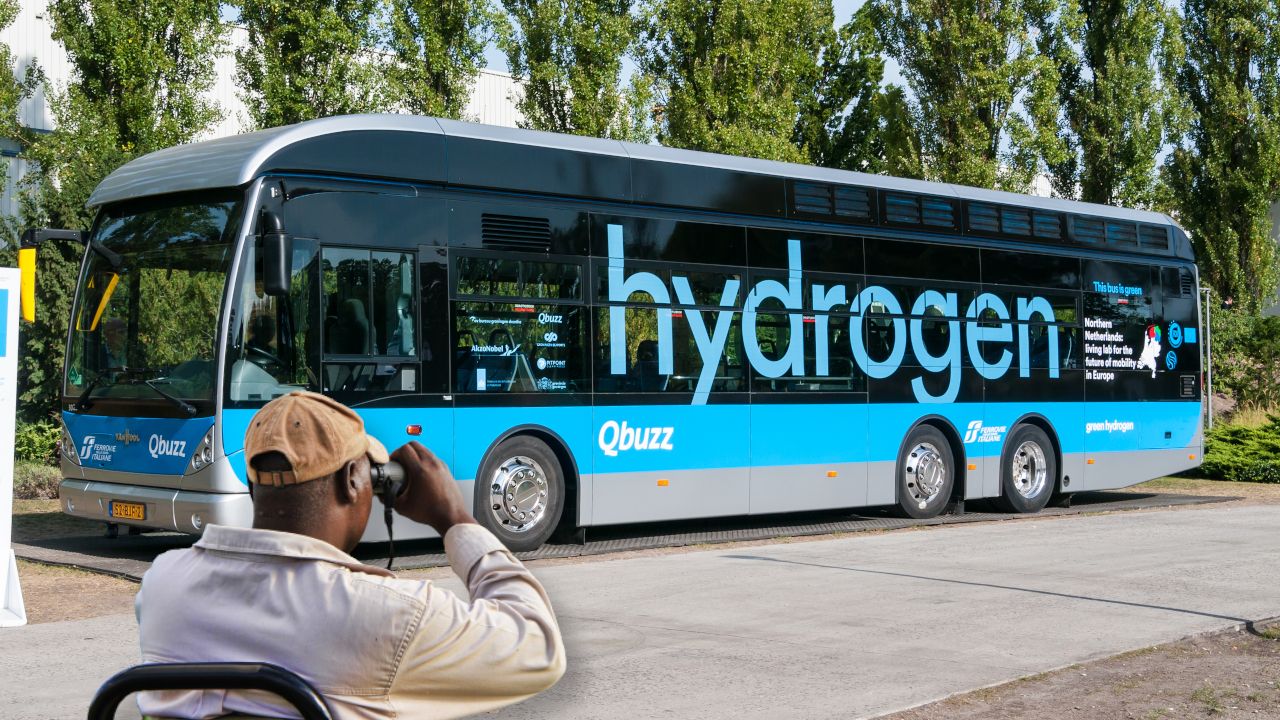
Autonomous vehicles, often simply called self-driving cars, have undeniably become a hot topic in the world of technology and innovation. These advanced vehicles, equipped with sophisticated sensors, GPS systems, and artificial intelligence, promise a future where human intervention behind the wheel is minimized or even eliminated. The discussions surrounding their potential to revolutionize transportation are rife with fascination, intense debate, and a healthy dose of skepticism.
Indeed, the concept of self-driving cars can feel like something straight out of science fiction. Just a decade ago, the idea of headlines announcing “People keep rear-ending self-driving cars in the Bay Area” would have seemed improbable. Yet, here we are; such headlines are real, and self-driving cars are no longer a distant dream but a tangible reality navigating our roads today. This rapid integration necessitates a clear understanding of what’s truly happening now, allowing us to make sensible plans for how these vehicles can be safely and effectively integrated into our existing transportation networks.
As the world embraces these swift technological advancements, autonomous transportation stands out as one of the most revolutionary innovations. However, with this evolution comes a myriad of myths and deeply ingrained misconceptions that often cloud public perception and hinder informed discourse. To truly grasp the transformative potential and ongoing challenges of autonomous vehicles, it’s crucial to separate fact from fiction. This article aims to debunk some of the most common myths surrounding this groundbreaking technology, exploring its current state and its very real, though often misunderstood, future.

1. **Self-driving cars are 100% autonomous.**This is perhaps one of the most persistent and fundamental misunderstandings about autonomous vehicles. Many people believe that once a car is labeled ‘self-driving,’ it operates entirely without any human oversight or potential need for intervention. However, the reality of current self-driving cars, often categorized as Level 2 or 3 in the SAE’s six levels of driving automation, is that they still frequently require a human driver to be prepared to take over control in certain situations.
True full autonomy, which is defined as Level 5, signifies a vehicle capable of operating independently in all driving conditions without any human input. This remains a significant future goal for the industry. The technology is not yet at a stage where a vehicle can handle every conceivable scenario, from unpredictable road conditions to complex human behaviors, without the potential for human oversight.
Experts like Mike Demler, a senior analyst from The Linley Group, have explicitly stated that “The technology is not ready.” He characterizes “this dream of just transforming everything into robotic vehicles that everyone is jumping into is a fantasy.” The development of full autonomy is not a sudden leap but rather a process of “small, incremental milestones as the cars learn and train,” indicating a journey, not a destination that has already been reached.
Therefore, the notion of absolute 100% autonomy is a misrepresentation of the current technological landscape. While progress is rapid and impressive, the vehicles currently on our roads, even those highly advanced ones, operate within a framework that acknowledges and often requires human readiness to intervene, highlighting the ongoing evolutionary nature of this technology.
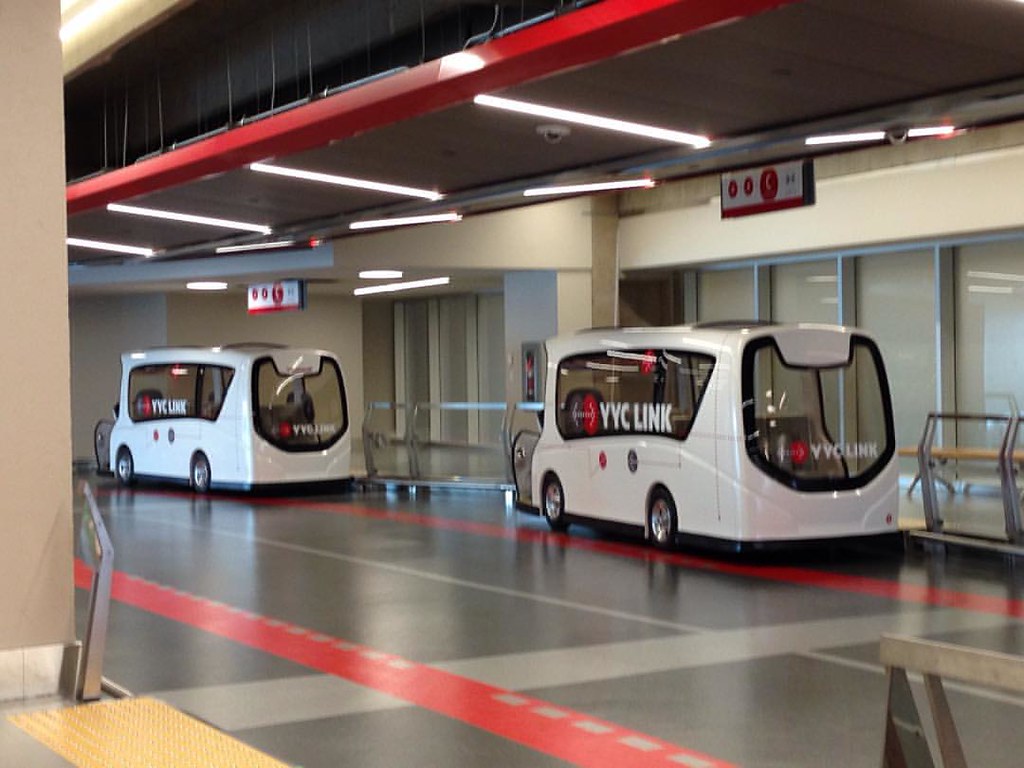
2. **They don’t require any human intervention.**Building on the myth of 100% autonomy, a related misconception is that autonomous vehicles, in their current form, operate completely free from any human intervention. While advancements have been significant, the necessity for human input, particularly in complex driving environments or unexpected scenarios, remains a critical aspect of their operation. This isn’t just a precautionary measure; it’s an inherent design element in many contemporary autonomous systems.
Many autonomous vehicles are specifically engineered to request human control when they encounter difficult situations that their algorithms are not yet fully equipped to handle. These scenarios can range from navigating construction zones to interpreting unusual traffic signals or reacting to erratic human drivers. The presence of a human driver who is alert and ready to assume control is thus essential for safety and ensuring the vehicle’s successful navigation.
Chris Jacobs, vice president of autonomous transportation and safety at Analog Devices, emphasizes the high bar for these systems. He notes that “It’s not like these cars have to drive as well as a human drives, [they have to drive] much, much better.” This higher standard means that even with sophisticated technology, the vehicles are continuously learning and improving, making human intervention a vital part of the development and safe deployment phases.
Consequently, the idea that a human can simply sit back and completely disengage from the driving task in any self-driving car currently on public roads is a dangerous oversimplification. Human drivers remain an indispensable part of the safety net, ready to take the wheel when the autonomous system reaches the limits of its current capabilities, ensuring a collaborative approach to driving for the foreseeable future.
Read more about: Beyond Bidding Wars: 13 Studio Strategies and Megamergers Driven by Industry Moguls That Curtailed Independent Joint Ventures in Hollywood
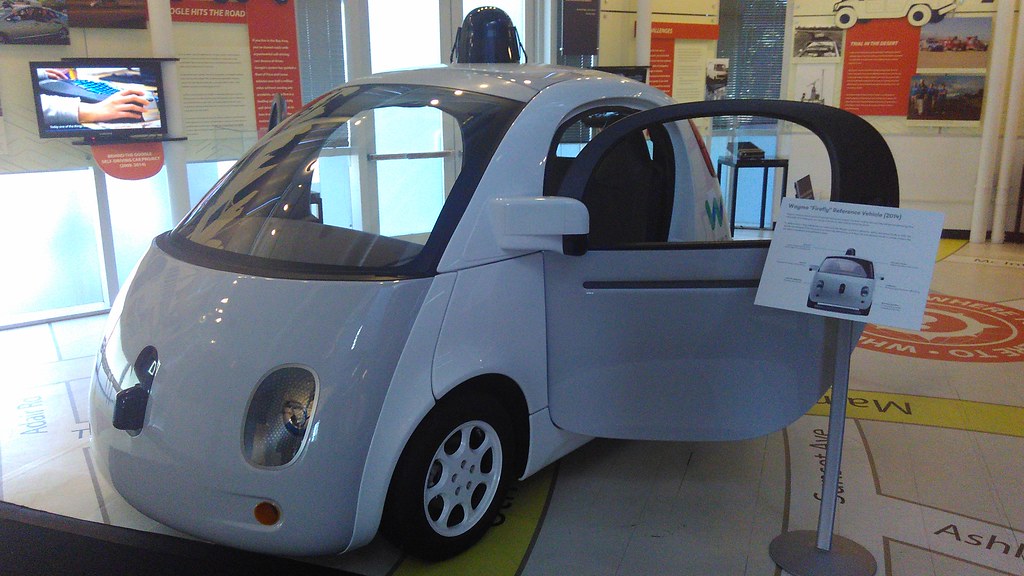
3. **Self-driving cars are completely safe and can’t cause accidents.**While the primary goal of self-driving cars is indeed to enhance safety by significantly reducing accidents caused by human error, the belief that they are completely accident-proof is a dangerous oversimplification. Autonomous vehicles, like any complex technology, are not infallible and can still encounter unforeseen situations, software bugs, or even mechanical failures that may lead to accidents.
It is true that human error accounts for a staggering “approximately 94% of all traffic accidents,” according to a report from the National Highway Traffic Safety Administration (NHTSA). Autonomous vehicles are designed precisely to minimize such errors through advanced algorithms and sensors that process vast amounts of data in real time. This capability means they are less likely to engage in risky behaviors like speeding or distracted driving, which are common causes of collisions.
However, the data also reveals nuances. “Although there have been accidents involving AVs, most are due to external factors, such as human-driven cars not adhering to traffic laws.” This indicates that while the AVs themselves might be operating as intended, their interaction with unpredictable human drivers can still lead to incidents. Furthermore, while there were “no deaths involving a car operating in full self-driving mode” in the first three months of a specific year, there was one fatality the previous year in Tempe, Arizona, involving an Uber self-driving car hitting a woman, highlighting that rare but tragic incidents can occur.
Chris Urmson, CEO of Aurora, a leading AV company, underlined the industry’s commitment, stating that his company is “all about flagging safety concerns instead of brushing anything aside.” He also committed, “We won’t deploy our self-driving vehicles on public roads without human safety drivers until our technology is safer than a human driver.” This illustrates the rigorous safety protocols and the high standard AVs must meet before widespread deployment, acknowledging that perfection is a continuous pursuit rather than a present reality.
Read more about: 14 Highway Habits That Are Secretly Sabotaging Your Safety: A Must-Read for Every Driver
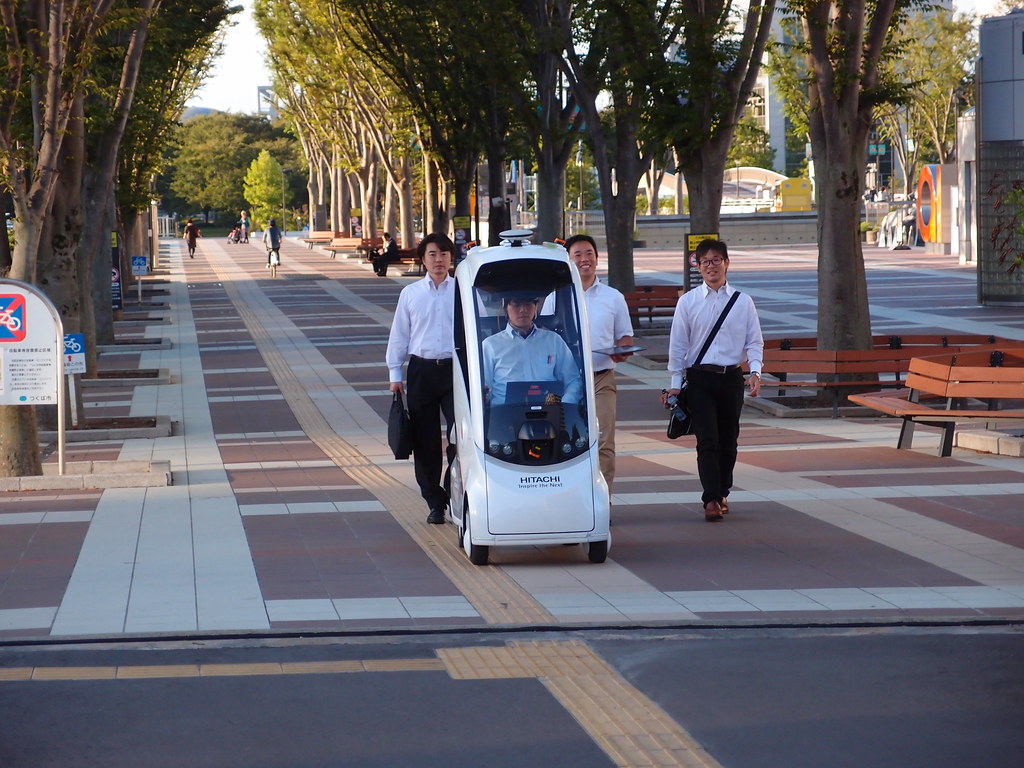
4. **They can drive in all weather conditions without issues.**The promise of self-driving cars often conjures images of seamless transportation regardless of external conditions, but the reality is that adverse weather significantly impacts their operational capabilities. This myth assumes that the advanced sensor suites on these vehicles are impervious to environmental challenges, which is simply not the case with current technology.
Conditions such as heavy rain, snow, or fog can severely impair the sensors and cameras that self-driving cars rely upon for their perception and navigation. These critical components, which include lidar, radar, and optical cameras, struggle with poor visibility, leading to reduced accuracy in detecting objects, lane markings, and other road users. Precipitation can obscure camera lenses, while fog can scatter laser and radar signals, making it difficult for the car to build an accurate environmental model.
Beyond visibility, slippery road surfaces caused by ice or snow present another formidable challenge. The vehicle’s ability to maintain traction, brake effectively, and execute precise maneuvers is compromised, requiring sophisticated control algorithms that are still under intensive development for such extreme conditions. These vehicles “may struggle with poor visibility and slippery roads,” according to expert assessments.
Consequently, reliable operation in all weather conditions necessitates substantial improvements in sensor technology, data processing, and control systems. Until these advancements are fully realized and rigorously tested, self-driving cars will continue to have limitations in challenging environmental scenarios, meaning human intervention or restricted operation will still be necessary during severe weather events.
Read more about: Buyer Beware: 15 Sedans That Become Money Pits vs. Those That Hold Their Value After Five Years

5. **Self-driving technology is already fully developed.**Despite the frequent headlines and the palpable excitement surrounding autonomous vehicles, the notion that self-driving technology is already fully developed is a considerable overstatement. Autonomous driving technology is, in fact, still in a significant state of evolution and refinement. While remarkable strides have been made, the journey to a perfected, universally capable system is far from complete.
Industry insiders and experts consistently reiterate that the technology is “far from perfect and requires further development, testing, and refinement.” The sheer complexity of navigating the vast array of driving scenarios autonomously and safely demands continuous innovation. This includes addressing edge cases—rare or unusual situations that are difficult to program for—and ensuring robust performance across diverse geographical and environmental contexts.
Chris Jacobs highlights this ongoing development, stating that “Autonomy doesn’t just happen; instead it’s a lot of small, incremental milestones as the cars learn and train.” This iterative process underscores that the technology is not a static achievement but a dynamic field of continuous research and improvement. “Level 4 and 5 self-driving capabilities remain in testing,” further confirming that the most advanced forms of autonomy are still being rigorously evaluated and are not yet mature enough for widespread, unsupervised deployment.
Therefore, while impressive capabilities are already evident, it is essential to understand that the technology is a work in progress. Companies like Waymo and Cruise are leading “extensive global testing,” but these tests are precisely aimed at identifying and resolving the remaining hurdles. The field is characterized by ongoing innovation, ensuring that the technology continues to mature and adapt to the multifaceted demands of real-world driving.
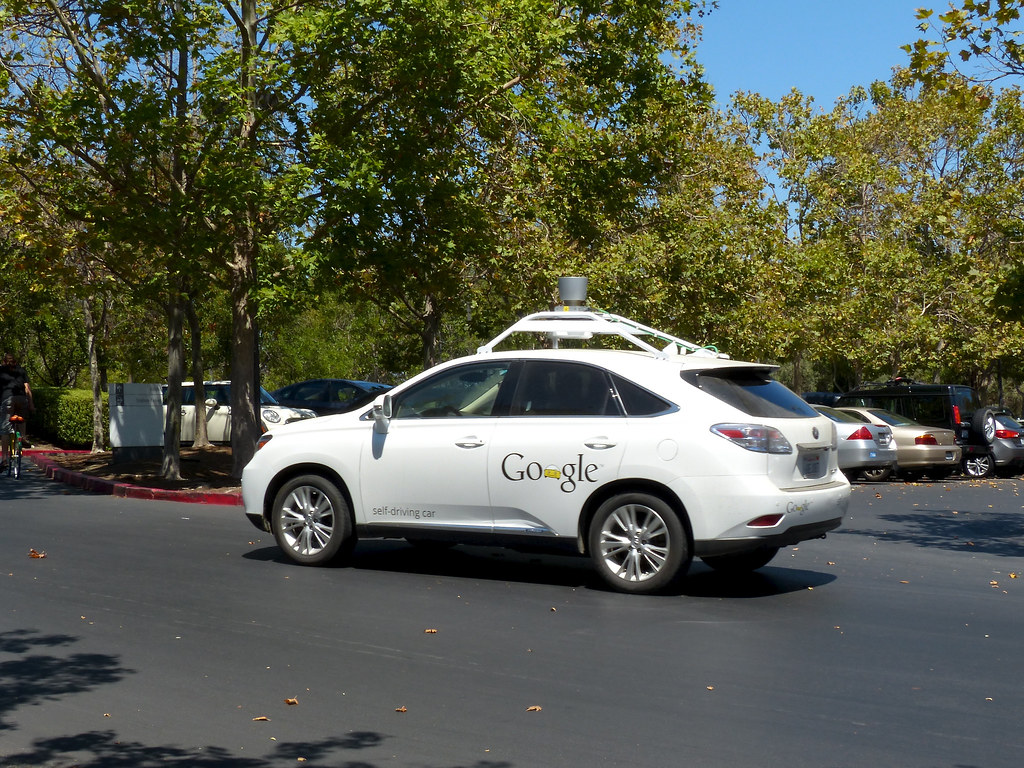
6. **All self-driving cars are the same.**It is a common error to view all self-driving cars as monolithic, identical entities, operating with the same technology and capabilities. In reality, the landscape of autonomous vehicles is remarkably diverse, with significant variations in terms of technology, design philosophies, and levels of autonomy achieved by different manufacturers and developers. This heterogeneity is a defining characteristic of the evolving industry.
“Self-driving cars vary greatly in terms of technology, capabilities, and levels of autonomy.” Different manufacturers employ distinct systems and approaches, leveraging a variety of sensor suites, artificial intelligence algorithms, and vehicle architectures. For instance, some companies might prioritize lidar for precise 3D mapping, while others might lean more heavily on camera-based vision systems combined with radar, resulting in different performance characteristics and reliability profiles.
Companies like Tesla, Waymo, and Cruise, while all leaders in the field, utilize different strategies and integrate their systems in unique ways. Even within existing vehicles, the presence of semi-autonomous features varies widely. “Audi and Cadillac have traffic assist features, while Nissan and Tesla both introduced semi-autonomous driving systems, ProPilot Assist and Autopilot,” showcasing a spectrum of capabilities available in commercially sold vehicles.
This variety means that the performance, safety, and limitations of one manufacturer’s self-driving system may not accurately reflect those of another. Understanding this inherent diversity is crucial for a nuanced appreciation of the technology’s current state and its future trajectory, dispelling the myth of a uniform autonomous vehicle experience and highlighting the competitive innovation driving the sector forward.
Read more about: Do You Miss the ’70s? These 14 Models Were the Supreme Goddesses of Glamour and the Magazine Covers!
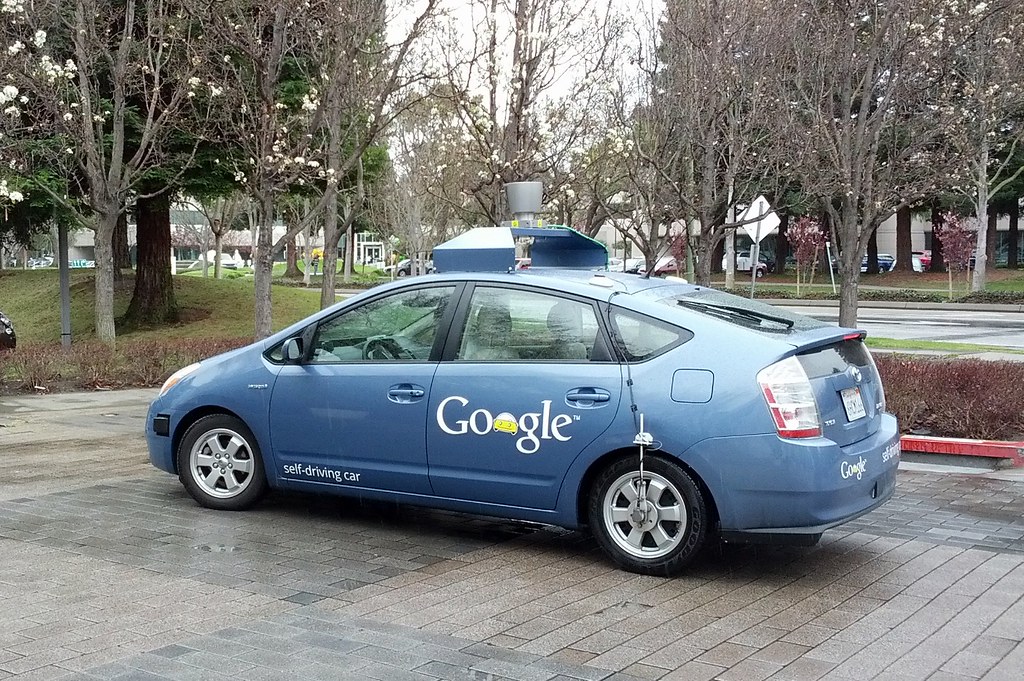
7. **Self-driving cars don’t need to follow traffic laws.**There is a misconception that autonomous vehicles might operate outside the established legal framework of road rules, perhaps due to their advanced capabilities or experimental nature. However, nothing could be further from the truth. Self-driving cars are meticulously programmed to adhere to traffic laws rigorously, much like, and often more consistently than, human drivers.
These vehicles are designed to follow speed limits, respond to traffic signals and signs, and abide by all other regulations set forth for road users. This strict adherence is fundamental for ensuring safety, maintaining order on the roads, and avoiding legal complications. The algorithms that govern their behavior are hard-coded with the prevailing traffic codes, making compliance a core operational principle.
Furthermore, as autonomous vehicles begin to share public roads with human-driven cars, mutual understanding and adherence to rules are paramount. In this “mixed mode” scenario, as described in the context, “everyone has to work together.” This collaboration requires self-driving cars to be predictable and lawful, integrating seamlessly into the existing traffic ecosystem rather than disrupting it with non-compliance.
Waymo and Cruise autonomous vehicles, operating in cities like Phoenix and San Francisco, are actively learning to drive in public by strictly following these rules. Their operational philosophy mandates that they not only respect codified traffic laws but also learn to navigate the unwritten road rules and common courtesies, reinforcing their role as law-abiding participants in our transportation networks.
Read more about: Rev Your Engines! The Reality Check on 13 Beloved Movie Cars That Just Can’t Exist as They Do On Screen

8. **They will eliminate all traffic congestion.**The appealing vision of perfectly coordinated autonomous vehicles (AVs) gliding seamlessly through cities, entirely eradicating frustrating traffic congestion, underpins a significant misconception. While AVs offer coordination potential, the reality of congestion management is far more intricate than a simple technological fix.
Experts often present a counter-narrative, suggesting widespread AV adoption might actually worsen traffic, particularly “unless we tackle the traffic issue proactively.” This centers on a projected increase in vehicle-miles traveled (VMT). Studies indicate “system-wide VMT could experience 37% growth,” a substantial rise. This increase, potentially reaching “90%” if commuters opt for shared AVs over public transport, challenges the notion of congestion-free roads.
The anticipated surge in VMT stems from several factors: the inherent convenience and potentially lower operating costs could encourage more frequent vehicle use, expanding accessibility to new demographics. Also, “zombie vehicles”—empty self-driving cars repositioning or circling—contribute to miles logged without passengers, directly increasing road usage and thus congestion.
To mitigate this, proactive policy interventions are crucial. Proposed solutions include “limit[ing] or charg[ing] a fee for miles that zombie vehicles (self-driving cars without passengers) drive.” Such measures aim to reduce overall VMT, thereby easing congestion and ensuring autonomous mobility truly enhances our transportation networks, moving beyond optimistic assumptions.
Read more about: Beyond the Garage: Unpacking the Most Outrageous Demands in Celebrity Lives and Settlements
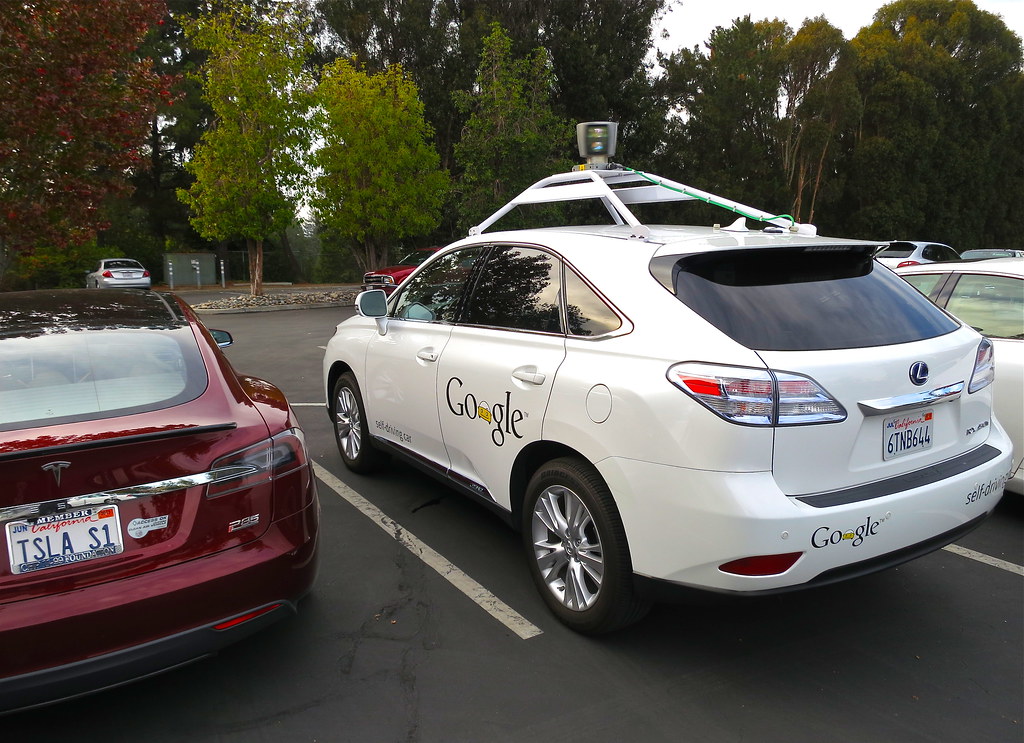
9. **They are too expensive for the average person to afford.**The high cost of cutting-edge technology often creates a barrier to entry, and self-driving cars are no exception. With advanced sensor kits alone costing “about $100,000,” it’s easy to assume these machines will remain exclusively for the wealthy or specialized fleets. This view fosters a sense of technological elitism, suggesting autonomous mobility is out of reach for most consumers.
However, this perspective overlooks the dynamic evolution of technology and markets. While current AVs are expensive to produce and not yet designed for traditional personal ownership, the industry anticipates a significant shift. As the technology matures, scales in production, and component costs decrease, the overall price for autonomous capabilities is expected to fall, becoming more accessible over time.
Crucially, the economic model for accessing self-driving cars is rapidly evolving beyond personal ownership. The primary expectation is that access will come through “ride-sharing services and fleets of autonomous vehicles,” similar to Waymo’s operations in Phoenix. In this paradigm, individuals would “order a self-driving car on an app much like you do an Uber,” negating the need for a substantial upfront purchase. This model democratizes access, allowing a broader population to experience autonomous transportation.
Mike Demler from The Linley Group cautions against a “too narrow a view of where personal transportation is today,” noting not everyone will abandon personal vehicles. For specific use cases, like hauling or recreational activities, an autonomous ride service may not be practical. However, for daily commutes or casual trips, the ride-sharing model offers a viable and increasingly affordable alternative, fundamentally altering the economics of AV access.
Read more about: Unlock Urban Savings: Your Ultimate Lifehacker’s Guide to Frugal Living in Expensive US Cities
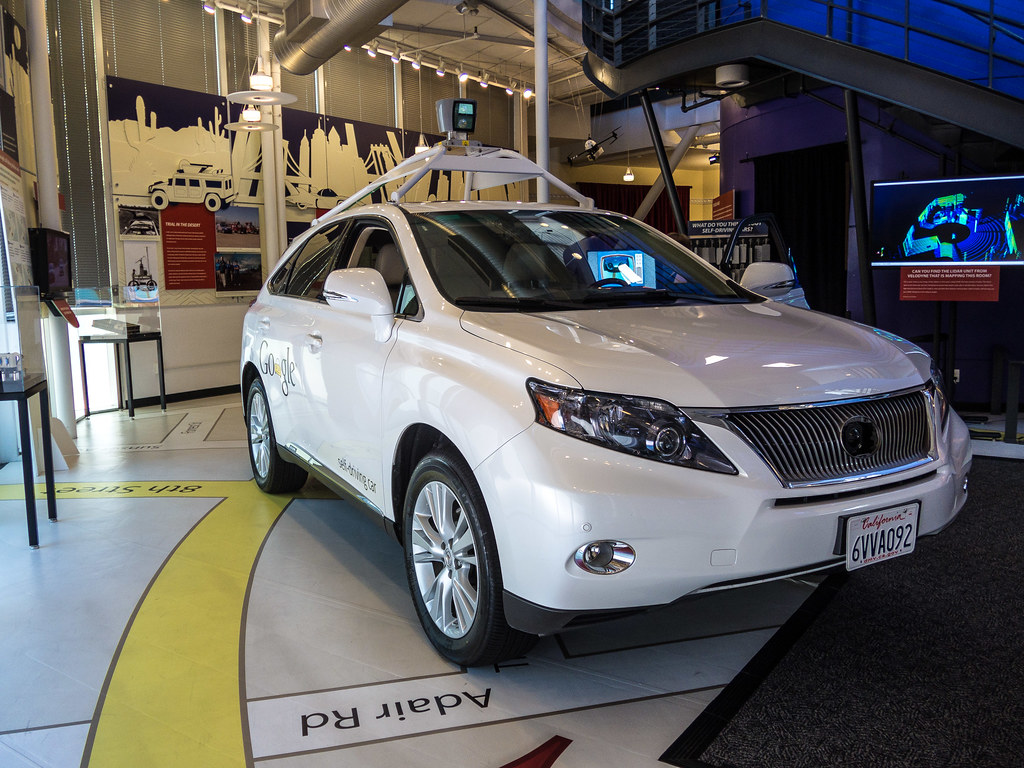
10. **Self-driving cars will put all drivers out of work.**The fear of widespread job displacement often accompanies discussions about disruptive technologies. Autonomous vehicles are frequently cited as a prime example, with concerns that they will render millions of truck, taxi, and ride-hailing drivers obsolete. This myth predicts a future of rapid, extensive job losses, leading to significant economic and social disruption.
While self-driving technology “may reduce the need for some driving jobs,” equating this to a complete eradication of employment is an oversimplification. History shows that technological advancements typically “transform the job market rather than eliminate opportunities” outright. The transition will be gradual, providing “the workforce time to adapt” and new roles to emerge within the evolving autonomous ecosystem.
Indeed, the rise of autonomous vehicles is expected to generate many new employment opportunities across various sectors. Instead of just driving, individuals will be needed for “technology maintenance, fleet management, and AI supervision.” This includes specialized technicians for sensor arrays, managers for AV networks, and specialists to monitor and refine AI algorithms. Jobs in “infrastructure planning” will also be crucial as cities adapt.
Furthermore, AVs’ enhanced safety, by significantly reducing human error-caused accidents, could indirectly create more stable environments. This might lead to “fewer accidents and associated job losses in emergency services.” The overall shift represents a redefinition of roles, not an end to work, emphasizing the need for upskilling and retraining initiatives to prepare the workforce for future demands.
Read more about: Director’s Cut: 13 Concept Cars That Embody Steven Spielberg’s Visionary Future
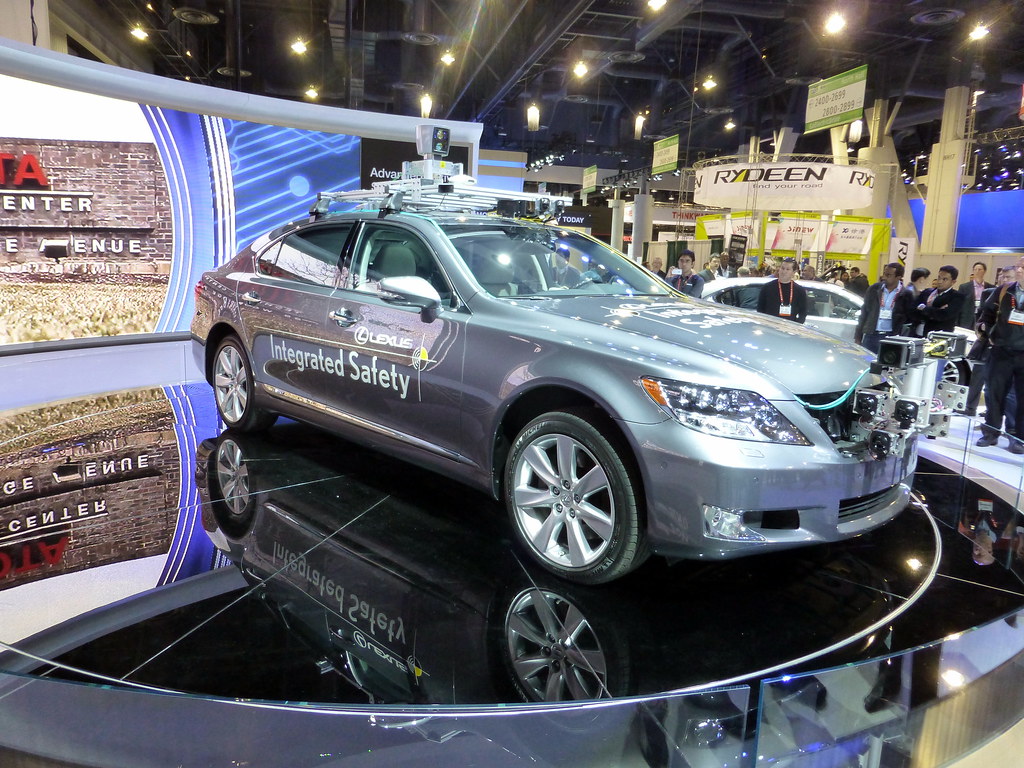
11. **They can’t be hacked.**In our interconnected era, cybersecurity is a critical concern for any advanced technology. Self-driving cars, with their intricate network of sensors, software, and communication systems, are no exception. Yet, a persistent myth suggests an inherent invulnerability, a belief that these sophisticated machines are impervious to malicious digital attacks. This often stems from an awe of their complexity, leading to a dangerous underestimation of potential cyber threats.
The stark reality is that “Like any other technology, self-driving cars are vulnerable to hacking.” Their dependence on software, external communication, and data processing makes them prime targets. A successful hack could lead to catastrophic outcomes, from privacy breaches and data theft to physical manipulation of vehicle controls, potentially causing accidents or even acts of terrorism. This necessitates a robust, proactive approach to digital security.
Recognizing this critical threat, manufacturers and developers are “investing heavily in cybersecurity measures to protect these vehicles from malicious attacks.” This includes multi-layered security protocols, data encryption, intrusion detection systems, and rigorous penetration testing. The aim is to build resilient systems capable of detecting, preventing, and responding to cyber threats in real time, minimizing damage and maintaining operational integrity.
Despite these intensive efforts, the truth remains: “no system is entirely immune to hacking.” The cybersecurity landscape is a continuous arms race, with new vulnerabilities and attack methods constantly emerging. Therefore, the concept of an unhackable self-driving car is unrealistic. The industry is committed to ongoing vigilance, research, and adaptive security strategies to stay ahead of threats, ensuring autonomous transportation benefits are not undermined by critical breaches.
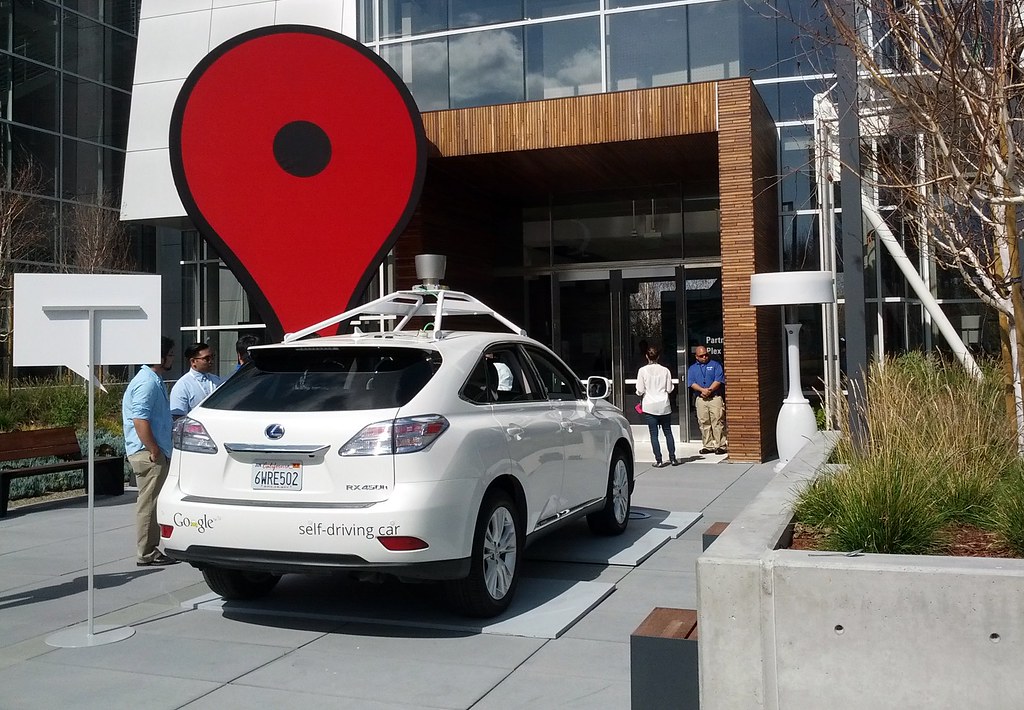
12. **Self-driving cars don’t need regular maintenance.**The appeal of self-driving cars often includes a vision of effortless ownership, leading to the belief that these digitally advanced machines might transcend typical vehicle care. This myth suggests their software-driven operation negates the need for conventional mechanical upkeep or routine system checks, freeing owners from frequent garage visits.
This perception, however, is fundamentally flawed. While autonomous vehicles introduce new operational paradigms, they remain complex machines with numerous mechanical and electronic components. The truth is, “Self-driving cars still require regular maintenance.” This encompasses all traditional aspects of car care: tire rotations, brake inspections, fluid checks, and general mechanical servicing, just like human-driven vehicles.
Beyond conventional servicing, AVs demand a specialized layer of maintenance centered on their unique technological architecture. Their sophisticated “sensors, cameras, software, and mechanical components” are the critical eyes and brain, and their perfect functioning is paramount for safety and performance. Lidar units need cleaning and calibration, camera lenses must be clear, and radar systems optimized. Software updates, diagnostics, and integrity checks are as vital as an oil change.
Consequently, “Routine check-ups are necessary to maintain safety and performance.” Any degradation in a sensor’s accuracy or a software glitch could have profound safety implications. The complexity of these systems necessitates a highly specialized and thorough maintenance regimen, often involving diagnostic tools unique to autonomous technology. Dispelling this myth is crucial for understanding the ongoing commitment to keep these advanced machines operating safely and efficiently.
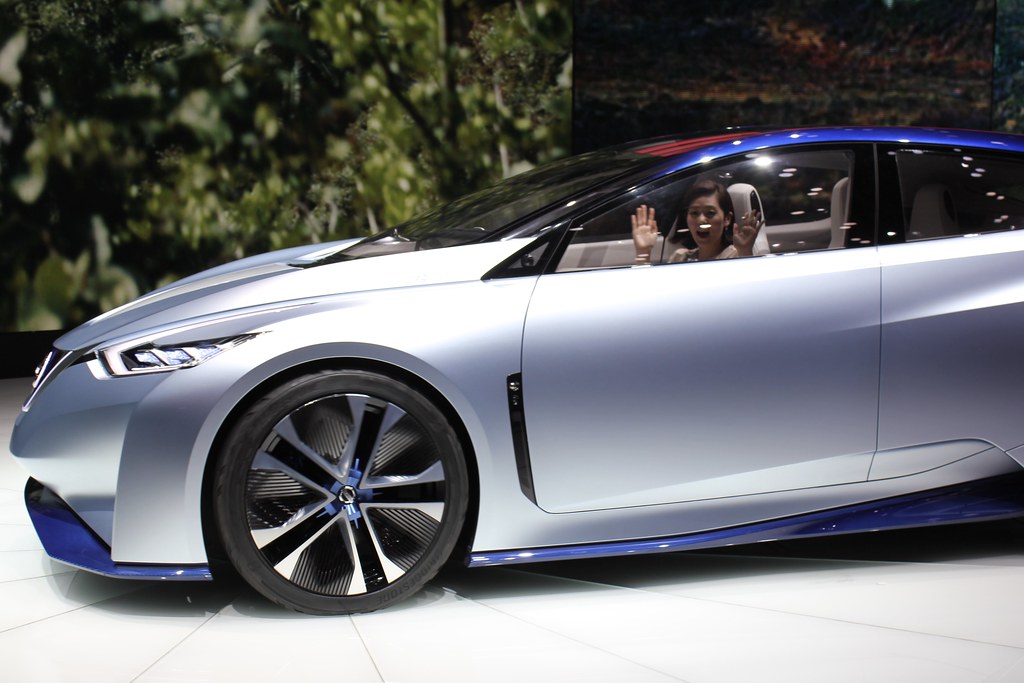
13. **They are already available everywhere.**Extensive media coverage and rapid technological advancements can lead to the belief that self-driving cars are already ubiquitous, seamlessly integrated into daily life globally. Headlines touting pilot programs and company expansions often suggest widespread availability, fostering a misconception that fully autonomous transportation is readily accessible anywhere.
In reality, while self-driving cars have made significant progress and are being “tested and deployed in certain regions,” their presence is far from universal. Their operational footprint remains largely confined to specific, geofenced areas in select cities. For instance, while companies like Waymo, Tesla, and Zoox now “transport hundreds of thousands of passengers weekly in autonomous vehicles (AVs) across expanding swaths of Austin, Texas; Los Angeles; and Las Vegas,” this remains a highly localized deployment.
The path to widespread adoption is complex, marked by “Regulatory, technological, and infrastructure challenges.” Each city and country presents unique legal frameworks, diverse road conditions, and public acceptance hurdles that must be meticulously navigated. Beyond vehicle capabilities, the entire ecosystem must adapt: roads require precise mapping, charging infrastructure needs scaling, and local governments must establish clear operational guidelines.
Even with “future service announced in a lengthening list of cities, including Dallas, New York City, Philadelphia, and Miami,” these are phased rollouts, not immediate global availability. International deployments, such as nuTonomy’s plans for Singapore, also highlight a regional rather than a blanket global approach. Therefore, the notion that self-driving cars are “already available everywhere” is a considerable overstatement; widespread adoption is a future goal dependent on sustained, multifaceted progress.
Read more about: The Classic Fall Wardrobe: 13 Items to Buy Now and Wear Forever
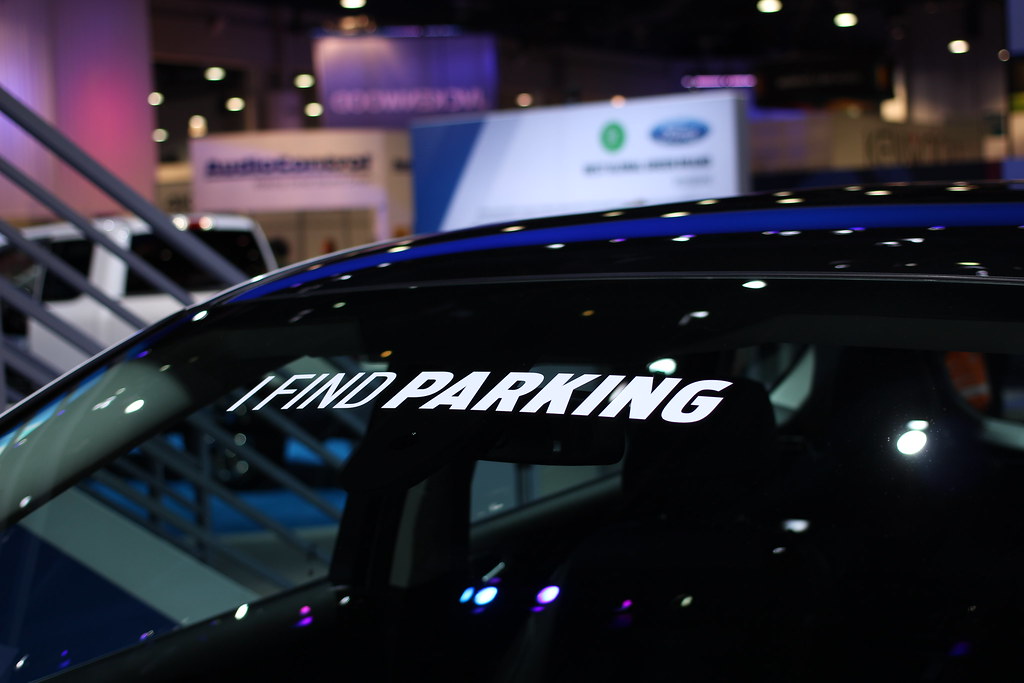
14. **Self-driving cars will make human drivers obsolete overnight.**The dramatic idea of a sudden, extensive technological takeover often fuels anxieties about job security. For self-driving cars, this translates into the myth that they will instantly render human drivers obsolete, ushering in an abrupt, overnight transition to fully automated roads. This vision of a rapid paradigm shift can be unsettling, implying an immediate end to an age-old human activity.
However, experts consistently stress that “The transition to fully autonomous vehicles will be gradual.” This is not an instant change, but a slow, evolutionary process. Chris Jacobs of Analog Devices notes it “will be something that slowly accelerates.” The necessary infrastructure, regulatory frameworks, and public acceptance “will evolve slowly,” making a sudden shift implausible.
Mike Demler from The Linley Group offers a grounded perspective, highlighting numerous “use cases where an autonomous ride service doesn’t work.” He questions the feasibility of a driving-free future for essential activities like “leav[ing] the city, go[ing] shopping, go[ing] on a road trip, or the beach.” These everyday scenarios, plus specialized needs, confirm that “too many situations require a human at the wheel — and will for the foreseeable future.” The idea of humans never driving again is premature.
Even with growing prevalence of robotaxis, “human drivers will still be needed for many years.” The future will likely see a “duality” of human-driven and autonomous vehicles. While future generations might reconsider learning to drive, for now, enthusiasts will keep “human driving alive in the time of autonomy.” The shift is a journey of adaptation and integration, not an immediate displacement.

15. **They can navigate any road or terrain.**The impressive capabilities of self-driving cars in controlled settings can lead to the misconception that these vehicles are universally capable, able to traverse any road or terrain. This myth paints them as infallible explorers, immune to the challenges of uncharted territories or poorly maintained infrastructure, suggesting an omniscient navigation system for all circumstances.
In reality, current self-driving cars perform best within defined parameters, specifically “on well-mapped and maintained roads.” Their sophisticated sensor suites and AI algorithms depend heavily on detailed maps and predictable road features for accurate perception, localization, and safe trajectory planning. These systems excel where lane markings are clear, signage unambiguous, and road surfaces consistent.
Conversely, “Unmapped areas, complex terrains, and poorly maintained roads can pose significant challenges to current autonomous driving systems.” Consider an AV encountering a gravel path, an unpaved rural road, or a construction zone with rapidly changing layouts. The absence of prior mapping data, unpredictable loose surfaces, or ambiguous temporary traffic controls severely hampers a vehicle’s ability to safely navigate such environments.
The necessity for human intervention or restricted operation in these challenging scenarios underscores current limitations. While researchers actively expand the operational design domain (ODD) of autonomous vehicles, the aspiration of an AV capable of navigating *any* road or terrain—from urban centers to rugged off-road trails—remains a distant future goal. For the foreseeable future, their capabilities are strongest in structured, predictable environments.
Read more about: The 14 Indestructible Off-Roaders Engineered to Conquer a Quarter-Century of Trails
As we navigate the rapidly evolving landscape of autonomous transportation, it’s clear that separating fact from fiction is essential for informed public discourse and the responsible integration of these transformative technologies. The journey toward a fully autonomous future is marked by incremental progress, continuous innovation, and the thoughtful resolution of complex challenges. By understanding the true capabilities and current limitations of self-driving cars, we can collectively steer towards a future where innovation genuinely enhances our safety, efficiency, and overall quality of life, moving beyond the hype to embrace a realistic and exciting vision for mobility.



